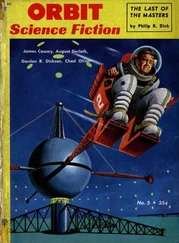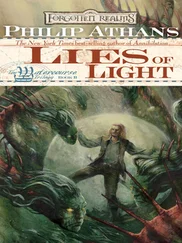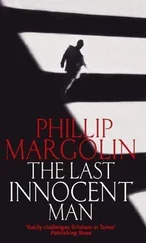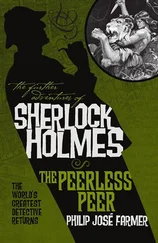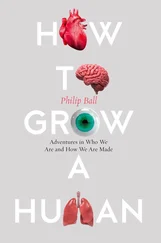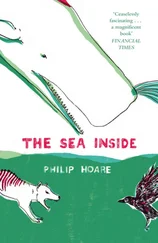Midway this way of life we’re bound upon, I woke to find myself in a dark wood
Where the right road was wholly lost and gone
Dante, The Divine Comedy
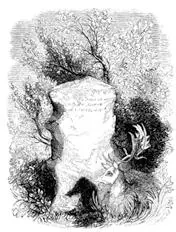

A Voice in the Wilderness
I am the voice of one crying in the wilderness,
‘Make straight the way of the Lord’
John 1:23
When I was a boy, we’d often drive into the forest. With my father at the wheel of our Wolseley and my mother at his side, the world seemed as secure and bound and polished as the big old car itself. I would lie back and look up through the rear window at the trees passing hypnotically overhead. They seemed both remote and near as I looked out for a particular row of pines which reminded me of the day I lost my toy koala bear – his rabbit fur and shiny snout the source of deep solace – on scrubby cliffs above a Dorset beach where, for all the hours of searching, he was not to be found.
Now, forty years later, the westbound train crawls through Southampton’s outer suburbs, as if the city’s gravity were reluctant to let it go. This is the rear view, where England turns its back on itself, as if ashamed of its own history. Here the houses look into their few square yards, denying their communality with leylandii and larch-lap; here where subtopian dreams meet suburban reality. Then, gradually, the tarmac gives way to gravel, concrete to grass, allotments to wide heaths where pole-straight silver birch stake out new territory, screening the sky with their filigree bronze branches, standing guard over rutted ground riven with stony rills like frozen waterfalls. This land is open and limitless, laid bare in a way we have forgotten; we know contours only through gear changes, as our towns and cities gather together, seeking safety in numbers for fear of nature and its unpredictable ways.
At Brockenhurst, I haul my bike onto the empty platform. The forest station still seems rural, with its two-stop line to Lymington and a waiting room decorated with photographs by Julia Margaret Cameron, given in memory of her son and intended to beautify this connexion between London and her home on the Isle of Wight. But now visitors are greeted by letters spelt out in ballast on the side of the track Welcome to Brock . Beyond the village, with its butcher selling venison and its stockbroker-belt guarded by expensive cars, the B-road races the railway to the coast, while on the horizon the Island hovers where clouds should be, a lowering landmass separated by the unseen sea.
The wind is against me as I cycle over the open heath, and I’m grateful for the descent into the village of Sway, its outskirts marked by a tall stone cross. Remembrance wreaths still lie on the war memorial, their scarlet paper poppies faded by the sun and spotted by rain; propped up on the railing is a discarded hubcap. Dipping into the valley beyond, the lane darkens with tall trees. I turn off into Barrows Lane, where a hand-painted sign announces Arnewood Turkeys , but this is no ordinary farm building. Concrete where the rest of the forest buildings are brick, its classical proportions, domed roof and pillars resemble some strange escape from the Italian countryside. Beside it, in an overgrown field, is a stubby campanile, a plastic bag flapping from its unglazed window. Seemingly unfinished – as if its creator intended to return to his handiwork – this fairytale towerlet labours under an ivy burden. But it is dwarfed by the structure in whose shadow it lies, an eminence impossible to ignore, yet so unexpected that you could pass by without raising your eyes and miss it entirely. Reaching up out of the forest is an immense grey column, rising two hundred feet into the sky. Its very shape seems to change with the clouds – a sun-lit gnomon from one angle, a mad church steeple from another.

It is so bizarre that it seems completely detached from its surroundings. Over the road, a hard-hatted engineer perches at the top of a telegraph pole, barely aware of the tower that looms over him, just as I cannot remember it from my childhood visits to the forest. Perhaps it is a mirage, appearing only fitfully. Or perhaps it is part of some vast underground complex, some covert scientific experiment. The stillness of this unnamed country lane invites conspiracy: there is no sign of life, no one to acknowledge or explain this extraordinary structure. Omnipresent but forgotten, it refutes the curiosity of the modern world, as though gagged by its own mystery.
As I cycle on, past hedgerows which billow up like green pillows on either side, the tower’s shadow seems to follow me. The houses and cottages multiply as I approach Hordle. Here the roads have names, oddly evocative – Silver Street and Sky End Lane – but it is a disparate place, this arbitrary settlement rescued from the suburbs of nearby New Milton only by the proximity of the forest, whose presence is ever obvious and yet remote. These houses stand just outside its invisible boundaries, yet they cannot but be a part of it, as if its greenness were drawing them in, ineluctably.
I cross the busy east – west road, with its traffic hurtling towards Bournemouth, and ride up Vaggs Lane. Here the land is palpably higher, blown by secondhand gusts from the sea. Behind an orchard of exhausted apple trees is a petrified pine stripped of its bark, skeletal, as if lightning-struck. I knock at the door of a nearby house. A young teenage boy in combat trousers appears, restraining a dog.
‘Alright mate,’ he says, his chummy tone undermined by hesitancy and poshness.
I explain my mission. He points me back in the direction from which I came.
‘Are they friendly?’ I ask.
The boy shrugs: it was an old people’s home before the new owners took over. I retrace my tracks and pull up outside the gates. Opposite is a metal-barred entrance on which a notice has been pasted: NO DUMPING OUTSIDE THESE GATES BY ORDER OF THE DEPT OF THE ENVIRONMENT. Below it is a rusty white van, bits of old car engine, and an assortment of scrap metal and tin cans.
The gravel crunches as I walk up to the door. No-one answers the bell, but a pair of dogs growl at the side gate. The house is bigger than it appears from the road, the land around it lush pasture. I peer through the windows and try to imagine what this place was like a century and a half ago, when its inhabitants sought heaven on earth and this country lane erupted to scandal and sensation. Back down the lane I wander into the village churchyard, where gravestones stand shoulder to shoulder, many decorated with artificial flowers. Screwed to a buttress of the building, overlooking an oddly empty part of the churchyard, is a plaque of the kind made by shoe repairers in shopping malls.
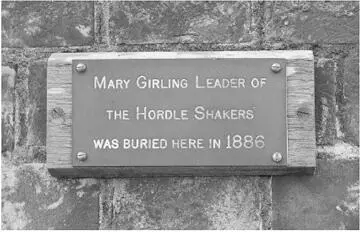
Yet no trace of Mrs Girling’s grave remains. It is an absence which is doubly appropriate, for her followers claimed that three days after her interment, their leader rose from the dead.
Once these fields echoed to one hundred and sixty-four men, women and children speaking in tongues and dancing in ecstatic rites, living celibate, communal lives as they awaited the millennium. Now there is nothing left to show for their utopian aspirations: no buildings, no books, no artefacts; nothing more than this small plastic sign. How could the memory of Mary Ann Girling and her Shakers have vanished so completely? Surely it is no coincidence that just a few fields away, that conspiratorial tower rises over the trees, wreathed in its own dumb mystery. But as I look around me, the bare grass of the quiet Hampshire churchyard gives nothing away.
Читать дальше





